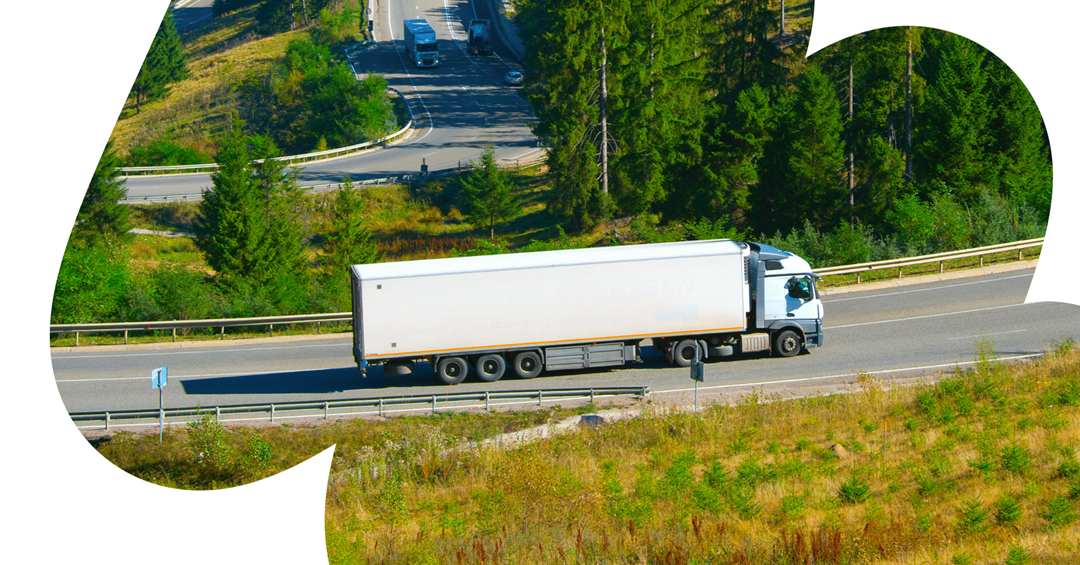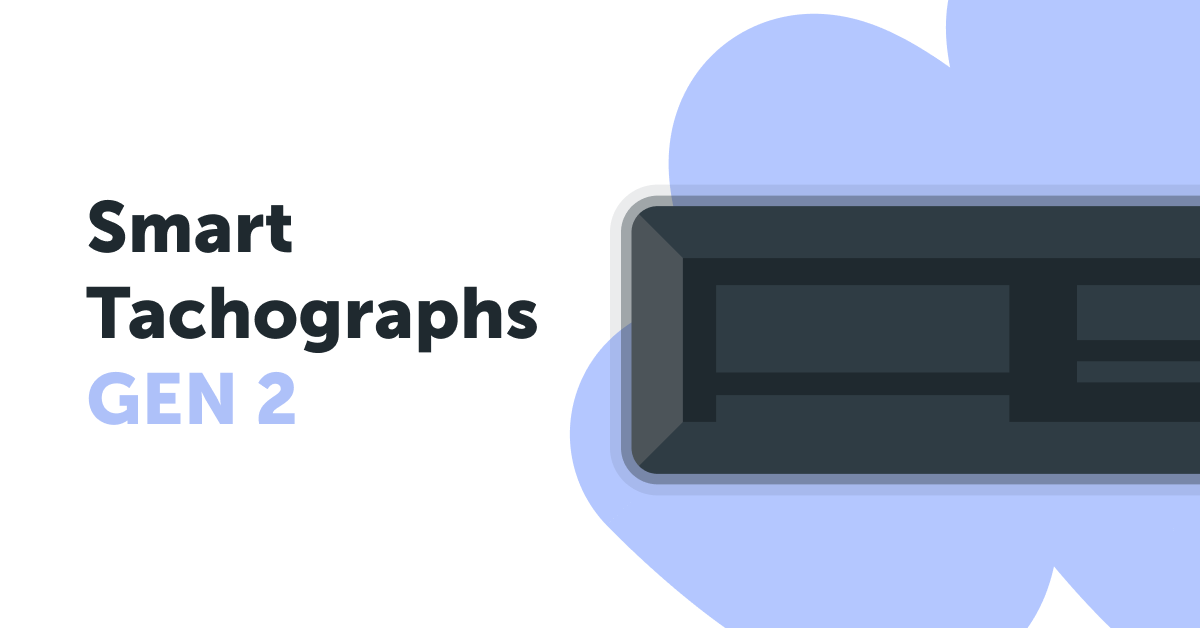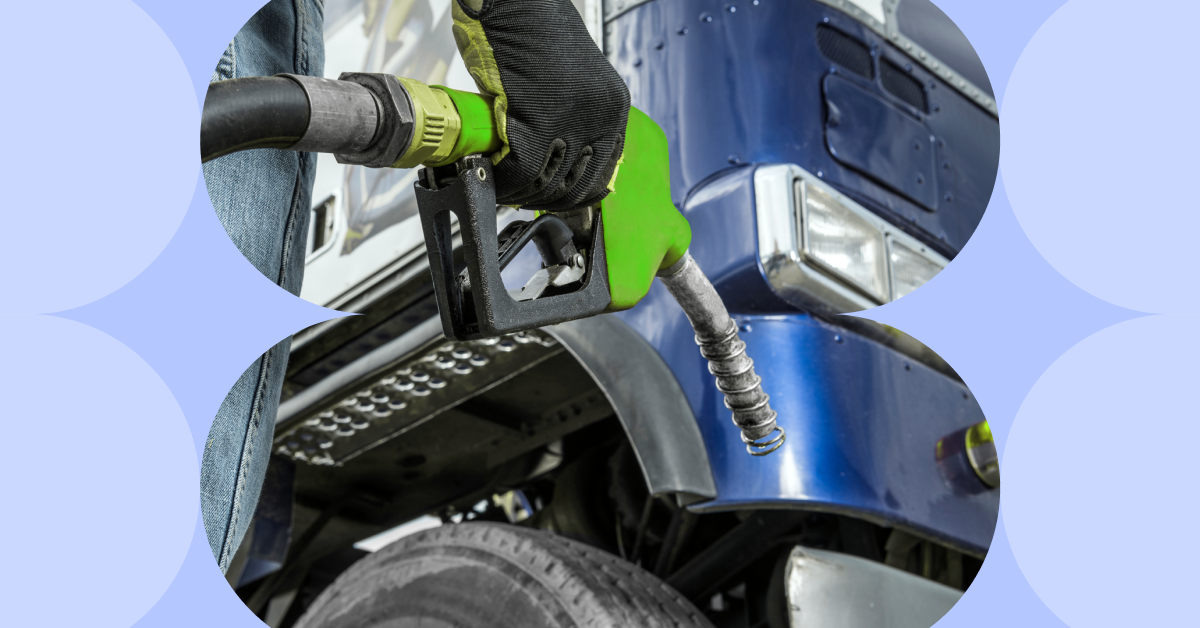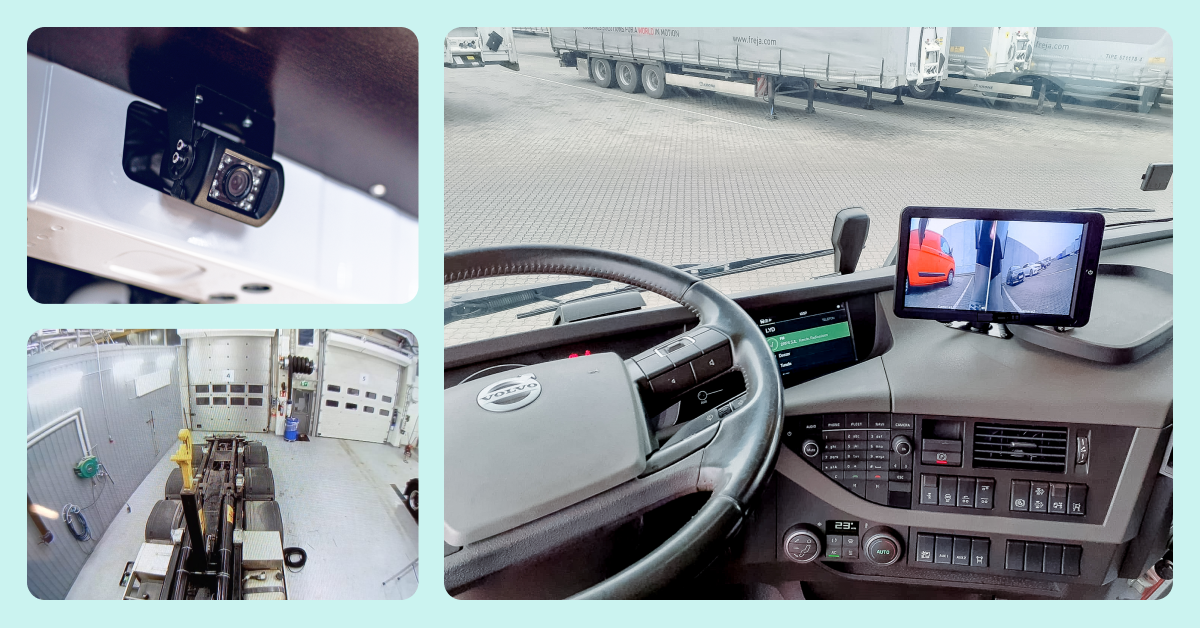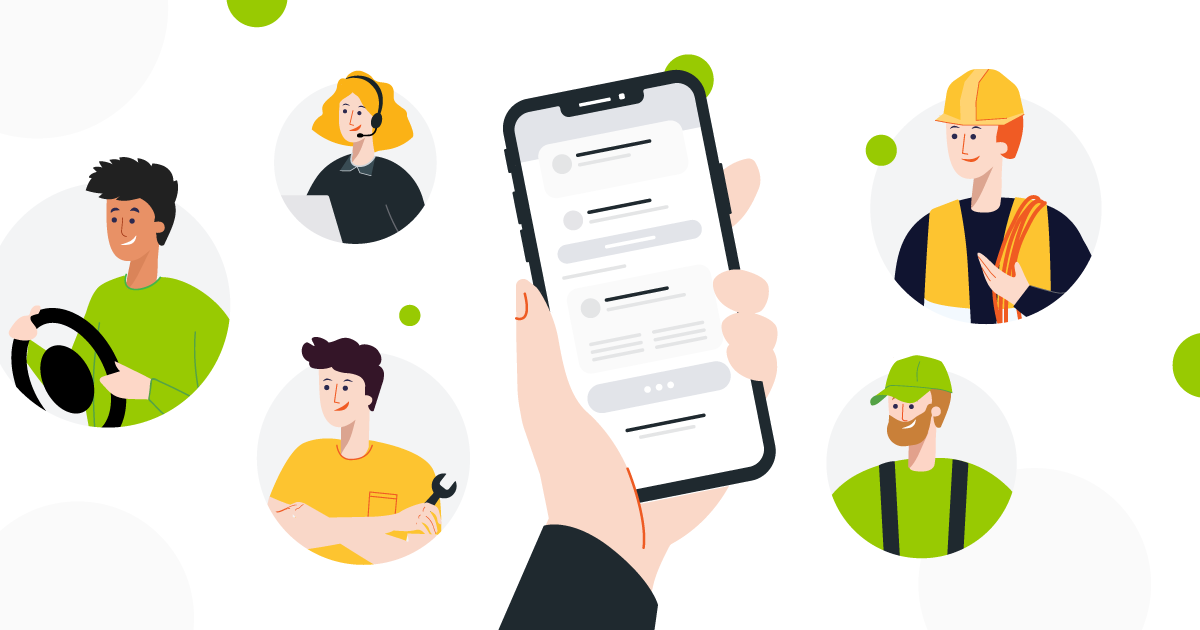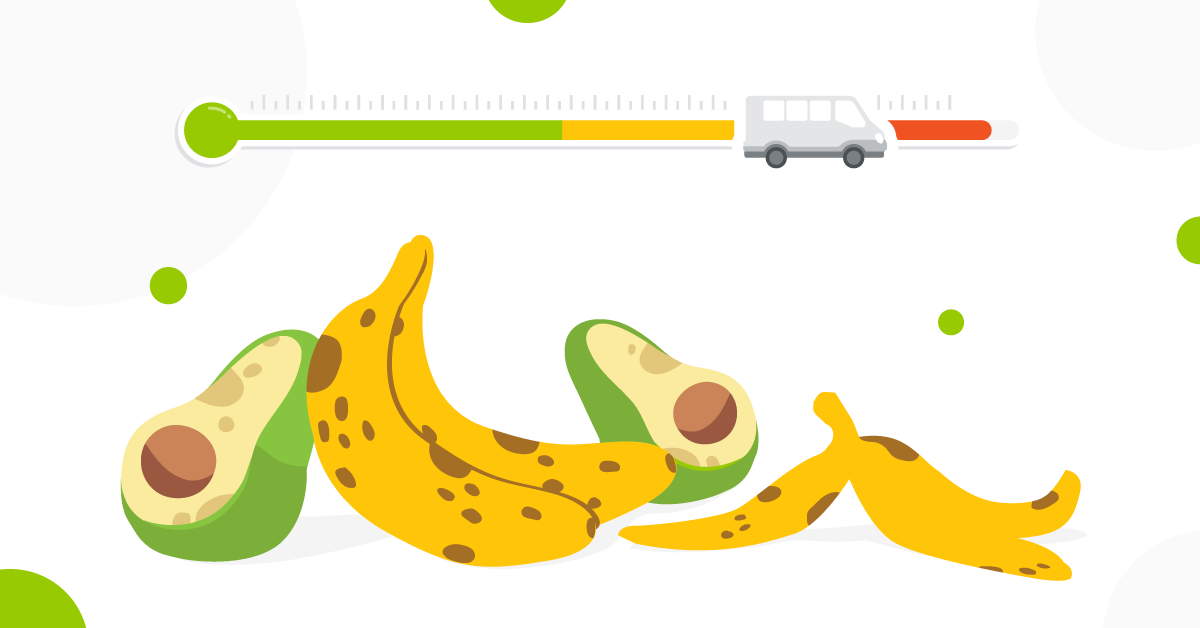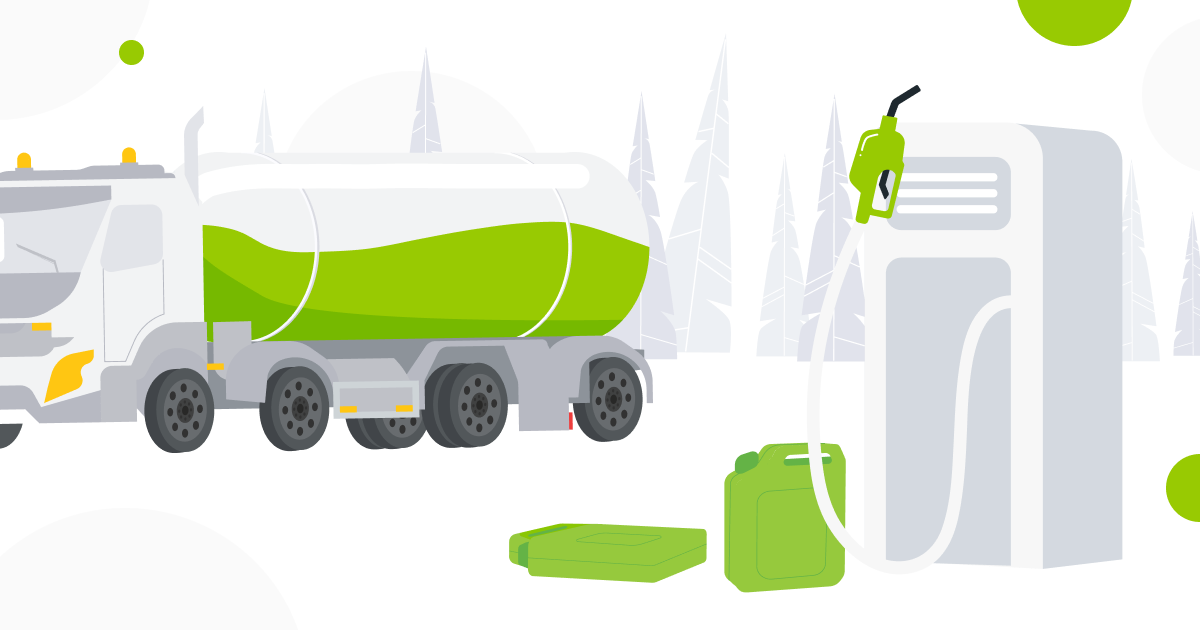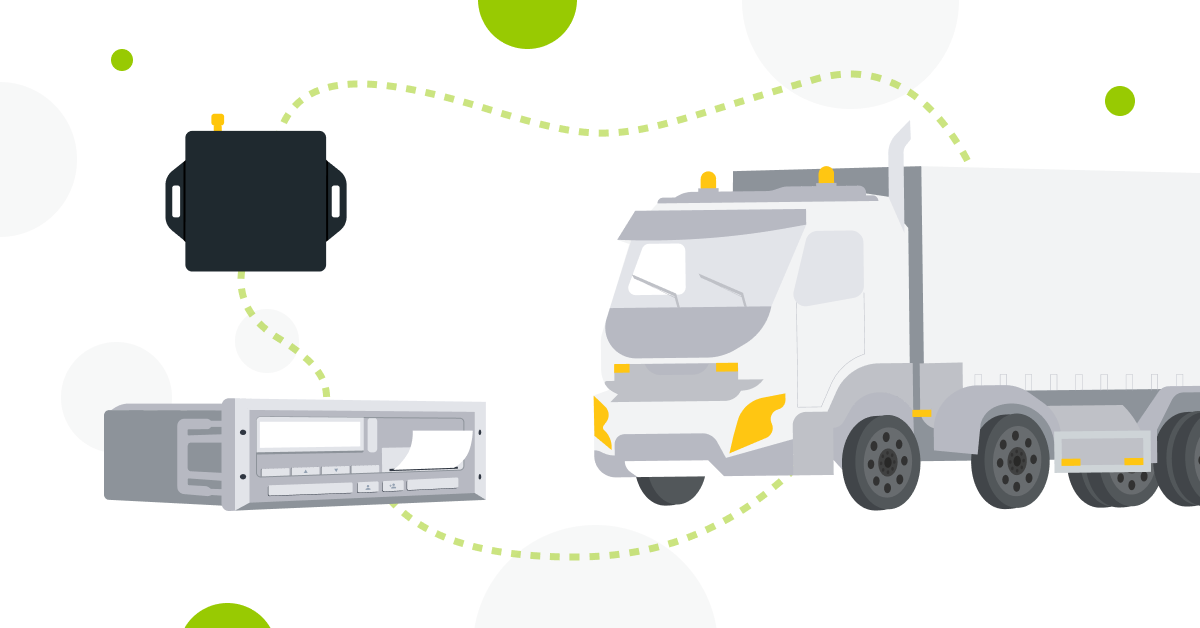4 reasons why fleet video telematics will pay off quickly
Video telematics is a fleet management solution that allows managers to receive a lot of useful visual information about individual vehicles and the fleet as a whole. It is an addition to the fleet management tools that most companies already use, allowing them to get an even clearer picture of the fleet’s operations.
For example, if a collision occurs, fleet management software can analyse information such as vehicle speed or harsh braking. It can provide clues about the cause of the accident, but there would still be a lack of context. That’s where fleet camera systems come in. They literally show you what happened!
That is just one of many use cases, though. Modern video telematics offers a large number of possibilities for fleet companies that make it a must-have. It’s obvious that forward-thinking companies know this, as camera unit numbers are rapidly increasing. Analysis by Berg Insight on the video telematics market says that the number of devices installed is projected to jump from 1.4 million units in 2023 to 3.1 million in 2028 (Europe). Let’s take a look at fleet camera solutions to find out why they’re considered the future of fleet management and what value they can bring to your company!
What is video telematics?
Video telematics consists of multiple elements. There is the video camera itself, which is constantly recording. This material goes to a digital video recorder (DVR), which is either a separate unit or built into the dashcam. If the camera is the eyes, then the DVR is the brain – containing digital storage, communication, connectivity, GPS fleet tracking systems, and more. It sends data to your fleet management platform, from which the fleet manager can remotely oversee all vehicles in a variety of ways*:
Watch live streams of any vehicle camera system;
Receive notifications and clips when a special event happens, such as harsh braking;
Access internal camera storage, organise, view, download footage.
*Available functions may depend on specific hardware.
Real-time analysis
In addition to simply recording footage, modern fleet management video cameras have the ability to analyse it in real-time. They use sensors and artificial intelligence (AI) solutions that can detect various events, both inside and outside the cabin, which can roughly be split into three categories – Driving Behavior Analysis (DBA), Advanced Driver Assistance Systems (ADAS), and Driver Monitoring Systems (DMS).
ADAS analyse the situation outside the vehicle to provide assists like lane departures or forward collision warnings. DBA checks sensor and GPS data to detect events such as harsh braking & cornering, while DMS use cabin-facing cameras to monitor unwelcome driver practices – smoking, using a mobile phone, driving while tired, etc. Events can be configured to be received by both the driver and fleet manager. This data can be later used to analyse situations and educate drivers or provide feedback in real-time to avoid dangerous situations.
Fleet camera setups
The overall setup and number of cameras depends on the needs of the fleet. There are various options, including frontal, cabin-facing, side and rear-view cameras, as well as trailer cameras. You can cover a vehicle with multiple cameras to get a 360-degree view around it to further increase visibility.
Under the rear-view mirror: a common place where to put a fleet camera
Video cameras can be used in any combination. A common setup includes a single front-facing camera with a built-in DVR. For more complicated setups, a separate DVR will most likely be required to connect all cameras in a single network.
This is the basic information you need to know about video camera solutions for fleet management. Now it’s time to focus on what advantages they can offer to your company!
1. Get evidence in case of accident or theft
This is probably the most obvious benefit of video telematics. It makes sense – without hard evidence, the driver can be found guilty of causing the accident, which leads to both monetary and reputation loss for the company. There are horror stories about the so-called nuclear verdicts, aka settlements of more than €10 million. Of course, usually, it’s not that bad, with common cases creating costs of up to €5000 in either penalties or administrative work hours. Still, even that can hurt a company quite a bit. Needless to say, the cost of a video telematics system would be far lower, so why risk going without it?
A fleet tracking system with cameras is able not only to record the incident, but also to provide remote access to footage whenever needed so that the driver or fleet manager doesn’t have to worry about physically reaching the camera and uploading the video.
The events system will notify the fleet manager immediately about the accident and provide a short clip; moreover, it can be used to hand in the first notice of loss (FNOL) to the insurance company in a reliable, semi-automated way. Later, if more context is needed, you can use the memory card function to access the internal storage of the DVR to review and download the full camera footage.
Choose the vehicle, date and time to get a complete picture of what happened
For accident claims, the more cameras you have, the better, as not all crashes happen at the front of the vehicle. With side and rear cameras, you will be able to walk away from other accusations as well, such as when a property owner says your trucker damaged the ramp during the loading/unloading process. Also, if theft is a major concern for your company, then a trailer camera can be super helpful in identifying the bad guy.
We used dashcam footage to prove that our driver wasn’t at fault
However, even one camera will significantly increase your chances of winning a claim.
2. Understand & improve the driving culture
With all the technology around, it’s easy to forget that a person is still behind the wheel.
Often enough, the human factor is what can and should be improved, as it plays a role in up to 90% of accidents.
Equally relevant is the finding that 75% of accidents happen due to human errors alone. Here are just a few instances where driving habits can have an effect on safety and efficiency on the road:
Speeding, excessive idling, and harsh braking will cause the vehicle to consume more fuel, leading to unnecessary financial losses;
Getting distracted by the phone, smoking or driving without getting enough rest may delay driver’s response time to a dangerous situation;
Lane departures, short follow distances and ignoring blind spots all increase accident risk.
Luckily, video telematics software provides solutions to discover these behaviours. The main issue in driver behaviour analysis used to be actually detecting negative driving practices. With fleet video telematics, managers have a couple of options at their disposal. They can tap into the live stream of any vehicle at any moment to check if something’s not right. Of course, the chance to randomly find offences in this way is pretty low.
The second, more advanced option is to rely on video camera sensors, which are capable of detecting a variety of pre-configured events. When an event happens, a notification is sent to the fleet manager along with footage – then it is up to the manager to review, download, or delete the material and decide if further action is necessary. Different sensor configurations are possible, from simple speeding alerts all the way to detecting driver fatigue, if a cabin-facing camera is installed.
Receive footage automatically when a violation is detected
What to do with the footage
Camera solutions give you flexible and creative ways to improve employees’ driving habits.
Organise general training for drivers using anonymous footage
Start an internal contest that rewards employees who drive the safest
Introduce a bonus program, compensating responsible employees
Work with drivers individually by discussing their footage
3. Stay ahead of regulatory & insurance requirements
The transportation industry, from vehicle manufacturers to shipping companies, has made safety a major focus in recent years. This drive is partly inspired by a variety of regulations, which are being drafted and enforced to reduce accident risks. For example, there are laws regarding mandatory safety equipment for new cars sold in the EU.
Some years ago, the EU introduced additional safety standards for new vehicles, many of which are AI dashcam/sensor-based. Among them are driver drowsiness and attention warnings, advanced driver distraction warnings, event data recorders and more. These measures are now mandatory for manufacturers, meaning that if your fleet has a mix of newer and older vehicles, it may lead to a safety disadvantage for some of your drivers. By using video telematics, you can bring the whole fleet to the same safety standard and ensure compliance when laws or schemes are directed at fleet-owning companies, such as the Direct Vision Standard (DVS) in the UK. It is not unlikely that more regulations like this will come.
Better insurance terms
As for insurance, there are two aspects. Firstly, while video telematics systems are mostly not mandatory for fleets to get insurance, they are highly recommended due to sped-up insurance claim and verification processes, as well as higher rates of driver exoneration.
Secondly, the topic of insurance premiums is always popular, as they are among the most expensive elements of fleet vehicle total cost of ownership. Video telematics is a way to potentially get better insurance deals. Though it won’t happen right away, in time the insurer will notice the decrease in accidents, as well as the speed and quality with which claims are processed, especially the possibility to reliably exonerate drivers from wrongdoing – all thanks to fleet video camera solutions.
4. Increase road safety in real-time
Road safety for fleets has a long way to go. For example, the European Road Safety Observatory (ERSO) notes that in 2023 there were 333 fatalities of heavy goods vehicle occupants in the EU – that’s not counting other traffic participants. Video telematics are not just there to provide information after the fact – they actually can help both managers and drivers while on the road.
For drivers, video telematics can help with visibility. It works by installing a monitor in the cabin, which receives live footage from every camera installed on the vehicle. This is highly useful in many cases, for example:
Checking blind spots before attempting a manoeuvre while on the road
Measuring the remaining distance when backing up to the warehouse ramp
Making sure there’s no contact with property or other vehicles when parking
In addition, the fleet manager will receive notifications when the system detects issues such as distracted driving, lane and distance violations. They can then tap into the live stream and contact the driver directly to coach, warn or simply point something out in regards to safety.
Call for help
One more underrated safety feature is the SOS button (physical or app-based). The premise is simple – a driver can press it in case of an accident, health complications or a technical emergency to notify the fleet manager. Video telematics software brings this idea to the next level by allowing access to a live stream to determine what kind of help is necessary. Among other use cases, this feature can be especially important if the vehicle spills dangerous cargo or gets robbed.
Rent cameras to easily access video telematics benefits
Video telematics have proven their worth in multiple ways, from saving money by countering false accusations with proof, to saving lives by improving driving habits. No doubt that this technology will become more widespread in time. The experience of Mapon clients shows that cameras pay off after a single resolved incident. Especially since we offer a rent option that makes it easier for you to get started.
Mapon provides the full video telematics solution, from hardware installation to fleet management software. After the setup is done, the fleet manager can easily watch live streams, receive event notifications and access memory card footage from the Mapon platform. We adapt to your needs by supporting different camera models and setups, as well as software functionality.
Here’s an overview of Mapon video camera solutions
If you’re interested in Mapon fleet video telematics solutions or have any questions regarding them, feel free to contact us at any time!
Article updated in 2025
